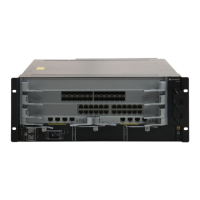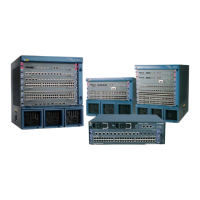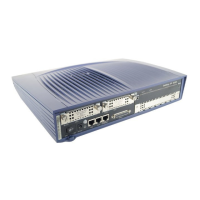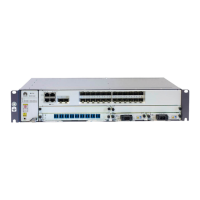Networking Requirements
As shown in Figure 5-5, common Internet access users (using PCs) and IPTV users (using IPTV
terminals) connect to the carrier network through Switch A and Switch B and communicate with
each other through the carrier network.
It is required that packets of PCs and IPTV terminals are tagged VLAN 2 and VLAN 3 when
the packets are transmitted through the carrier network.
The Switch can implement selective QinQ through traffic policies.
Figure 5-5 Networking for configuring selective QinQ
PC
PC
IPTV IPTV
Carrier
network
GE1/0/2
GE1/0/2
GE1/0/1 GE1/0/1
SwitchA SwitchB
Configuration Roadmap
The configuration roadmap is as follows:
1. Create VLANs on Switch A and Switch B.
2. Configure traffic classifiers, traffic behaviors, and traffic policies on Switch A and
Switch B.
3. Configure types of interfaces on Switch A and Switch B, and add the interfaces to
corresponding VLANs.
4. Apply the traffic policies to interfaces of Switch A and Switch B to implement selective
QinQ.
Data Preparation
To complete the configuration, you need the following data:
l VLANs that PCs belong to: VLAN 100 to VLAN 200
l VLANs that IPTV terminals belong to: VLAN 300 to VLAN 400
l VLAN tag that packets of PCs carry on the carrier network: VLAN 2
l VLAN tag that packets of IPTV terminals carry on the carrier network: VLAN 3
Quidway S7700 Smart Routing Switch
Configuration Guide - Ethernet 5 QinQ Configuration
Issue 01 (2011-07-15) Huawei Proprietary and Confidential
Copyright © Huawei Technologies Co., Ltd.
228

